From times immemorial Shiva and Shakti demand reverence of Indians. The author has widely covered all temples of Shiva and Shakti traveling from the Himalayas, the abode of Shiva, in the north to Kanyakumari in the South.
Brahma Vishnu and Mahesh constitute the great triad of Hindu pantheon. Brahma the creator, Vishnu the preserver and Shiva Mahesh the destroyer of the Universe. Shiva holds the trident the emblem of his supreme power representing the three gunas satva rajas and tamas through which he commands the world. He alone is the God of death and resurrection of the flux of being and non being.
The word Shakti means power valour of vital energy. According to Indian mythology spiritually Shakti is regarded as Goddess consort queen of a deity and also God’s active and dynamic form. Shakti represents the fundmental creative instinct underlying the cosmos and is the energizing force of all divinity.
The entire universe is perceived as being created penetrated and sustained by two fundamental forces which etemally exist in a perfect, indestructible union in the Tantric Cosmology. These principle forces or universal aspects are known a Shiva and Shakti.
Whether Shakti as Primal Energy originated before Shiva, who is radiant consciousness and has no origin or end or Shiva as Chaitanya originated before Divine Energy is rather a mystery. The sculptures of Shiva and Shakti are sensuous yet sacred.
The present volume attempts to solve the mystery that the contradicting characteristics of both Shiva and Shakti pose for interpretation.
ABOUT THE AUTHOR Mandira Ghosh
Mandira Ghosh was born in Calcutta and brought up in New Delhi. A Life member of the Poetry Society (India) and a distinguished member of the International Society of Poets, Mandira has published two volumes of verses, Aroma and Mew Sun. The books have been well received in poetry circles and acclaimed by the scientists, scholars, writers and editors. This is her first novel. She is a graduate in Mathematics from Delhi University and a Postgraduate in English Literature. She is a B. Ed. and has obtained a Diploma in Journalism from Bharatiya Vidya Bhawan, New Delhi. Her poems have been published in “Women Poets of India†edited by the renowned writer and poet Vijaya Goel, The Journal of the Poetry Society of India, World to World, Mirror, fourteen anthologies published by the national Library of Poetry and other journals. She has received the Editor’s Choice Award in 1993 by the National Library of Poetry, Maryland, US and in July 2001 by the International Library of Poetry, US. She elected into the International Poetry Hall of Fame in 1997. He poem “Next Millennium†has been published in ‘America at the Millennium’ that features the best Poets and Poems of the Twentieth Century. The International Society of Poets and Poems of the Twentieth century. The International Society of Poets invited her to take part in their conventions and symposiums six times. They have published sixteen of her poems and some of them are on poetry. Through her work Mandira Ghosh has tried to reach a point where science meets literature and other branches of the Humanities. She had switched from Mathematics to literature as lines of famous poets T.S. Eliot and P.B. Shelley spread balm to her troubled soul. For her final answer she looked towards the immortal verses in the Upanishads. The protagonist Nandini of this book, finds her icon in Maitreyi of the Upanishads and not in Sita or Sati. She finally says, quoting Robert Frost, “You have to believe me because I am a bard.â€

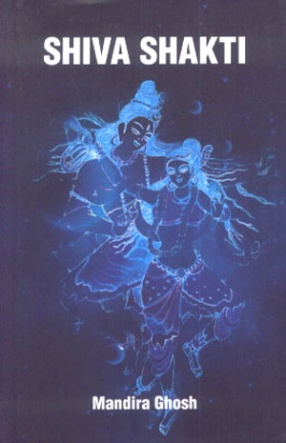
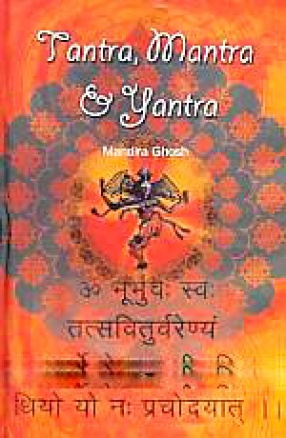

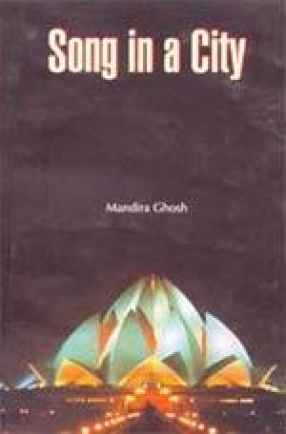
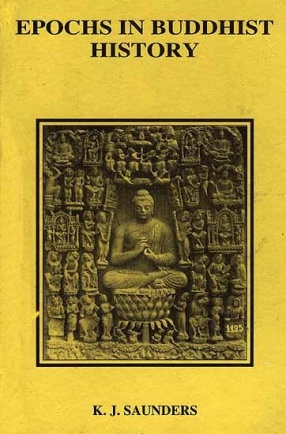
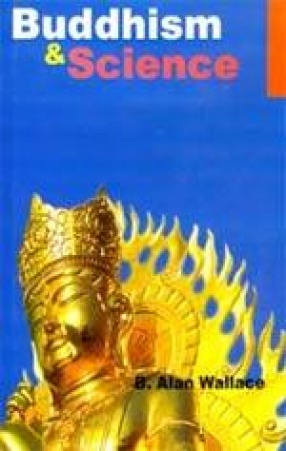
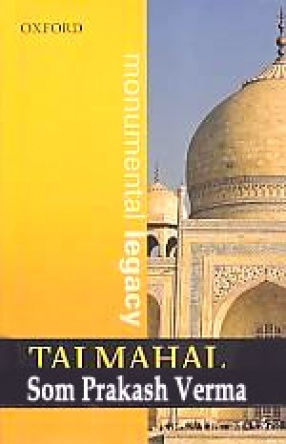
There are no reviews yet.